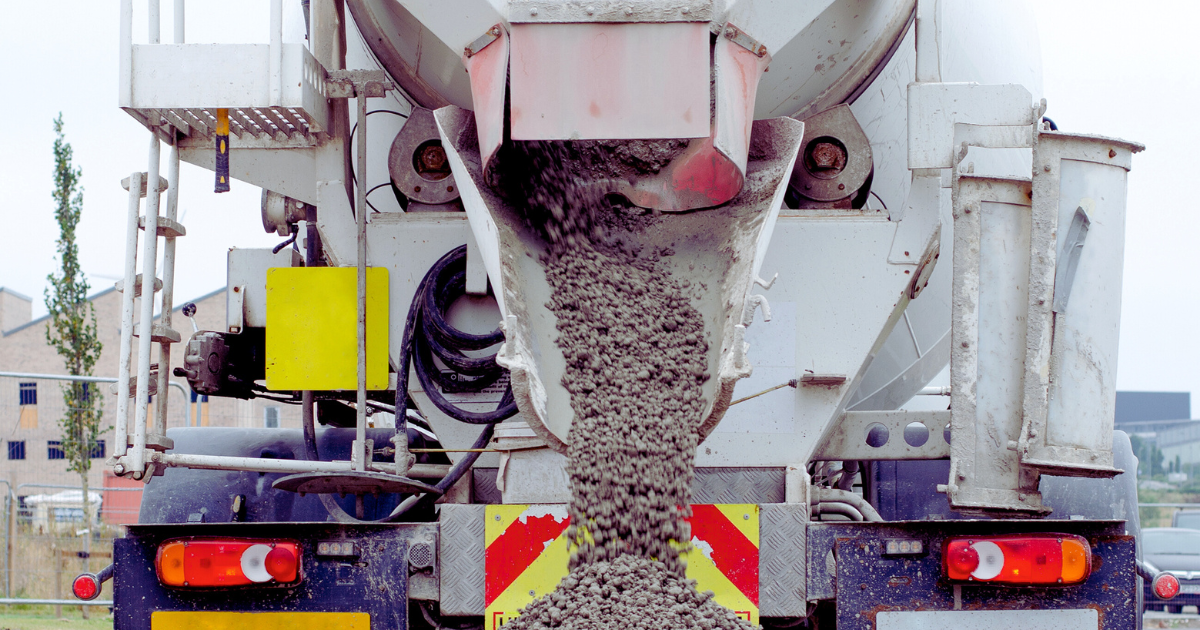Ready-Mix Concrete has revolutionized the construction industry by offering a pre-mixed solution that saves time and enhances quality. However, transporting Ready-Mix Concrete from the batching plant to the construction site poses several challenges. These issues can affect the quality of the concrete and ultimately the success of the project. In this blog, we’ll explore the key challenges in transporting Ready-Mix Concrete and effective strategies to overcome them.
Key Challenges in Transporting Ready-Mix Concrete
1. Time Sensitivity
Ready-Mix Concrete has a limited workable time known as the setting time. Delays during transportation can result in the concrete setting prematurely, making it unsuitable for use.
2. Traffic Delays
Urban areas with high traffic congestion can delay delivery. This is a significant challenge for projects located far from the batching plant.
3. Temperature Variations
Extreme temperatures during transportation can affect the quality of Ready-Mix Concrete. High temperatures can accelerate the setting time, while low temperatures can delay it.
4. Segregation and Spillage
Improper handling during transportation can cause the aggregate, cement, and water to segregate. Additionally, spillage can occur due to improper sealing of the drum or mixer.
5. Equipment Malfunction
Breakdowns in transit mixers or other transportation equipment can halt delivery and compromise the concrete’s quality.
6. Long-Distance Deliveries
For projects in remote locations, long-distance transportation can pose a challenge. The longer the travel time, the greater the risk of concrete degradation.
7. Compliance with Regulations
Strict regulations regarding overloading, permissible routes, and transportation timings can complicate logistics for Ready-Mix Concrete deliveries.
Solutions to Overcome Transportation Challenges
1. Optimizing Delivery Routes
Using GPS tracking and route optimization software can minimize delays caused by traffic. Pre-planning routes ensures the fastest and most efficient delivery.
2. Temperature Control Measures
For Hot Climates: Add admixtures to slow the setting time or use chilled water and ice flakes during mixing.
For Cold Climates: Use heated aggregates and insulated transport vehicles to maintain temperature.
3. High-Quality Transit Mixers
Investing in high-quality transit mixers with rotating drums ensures that Ready-Mix Concrete remains homogenous and prevents segregation.
4. Strict Equipment Maintenance
Regular maintenance and servicing of transit mixers and transport vehicles reduce the risk of breakdowns. Keeping spare parts readily available is also crucial.
5. Batching Plants Near Construction Sites
For large-scale projects, setting up a mobile batching plant near the site can eliminate transportation delays.
6. Real-Time Monitoring
Implementing real-time tracking systems helps monitor the status of deliveries. This allows for quick adjustments in case of unforeseen delays.
7. Use of Admixtures
Admixtures such as retarders and plasticizers can enhance the workability and delay the setting time of Ready-Mix Concrete, making it more suitable for long-distance transportation.
8. Compliance Management
Ensure compliance with local regulations by planning deliveries during permissible times and using legally approved routes.
Advanced Technologies for Transporting Ready-Mix Concrete
1. Self-Compacting Concrete
Self-compacting Ready-Mix Concrete is highly workable and reduces the risk of segregation during transportation.
2. Smart Delivery Systems
Smart delivery systems with IoT-enabled sensors can provide real-time data on the concrete’s temperature, consistency, and travel time.
3. Automated Dispatch Systems
Automated systems can schedule and dispatch Ready-Mix Concrete deliveries efficiently, reducing delays and human errors.
4. Specialized Trucks
Advanced transit mixers equipped with water tanks and admixture dispensers can adjust the concrete’s consistency during transit.
Benefits of Addressing Transportation Challenges
Effectively managing the transportation of Ready-Mix Concrete ensures:
Consistent Quality: Homogeneous concrete reaches the site without degradation.
Cost Savings: Reducing delays and waste minimizes project costs.
Improved Project Timelines: Timely deliveries help maintain construction schedules.
Enhanced Sustainability: Minimizing spillage and waste contributes to environmental goals.
Conclusion
Transporting Ready-Mix Concrete is a critical aspect of any construction project. While challenges such as time sensitivity, traffic, and temperature variations are inevitable, adopting effective strategies and advanced technologies can mitigate these issues. By ensuring seamless delivery, construction professionals can enhance the quality, efficiency, and sustainability of their projects.
Understanding the nuances of Ready-Mix Concrete transportation and implementing proactive solutions can make a significant difference in achieving project success.







